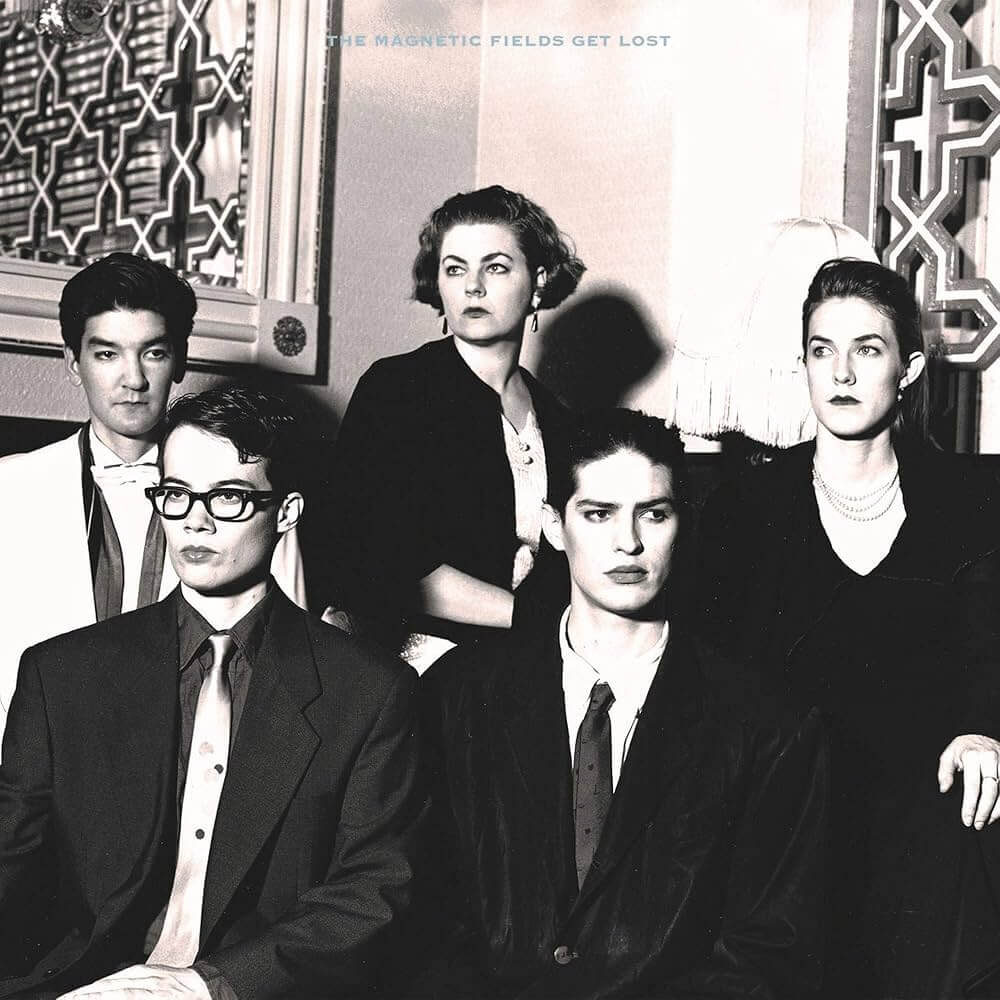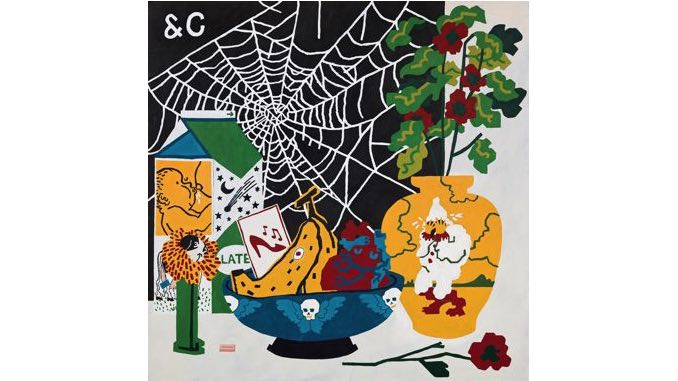If 1994 was among the greatest years in rock and roll history, then 1995 should undoubtedly take the mantle for rap music. The decade welcomed the emergence and canonizations of alt-metal, ambient, Britpop, Southern hip-hop, and whatever Radiohead was doing. 100s of records came out 30 years ago, many of them decent enough to warrant a spin or two. Some of them are great, and we’ve chosen to highlight them in this conveniently (and perhaps annoyingly) ranked article. Scroll through this list and you’ll find debuts, superstar-breakouts, legacy-defining releases, and career-saving pivots, whether it’s from Emmylou Harris, Mobb Deep, Guided by Voices, Yo La Tengo, or Pulp. Here is Paste’s ranking of the 25 greatest albums of 1995.
Stephin Merritt has always treated romance like a scientific field—testing variables, logging outcomes, never trusting the data. Get Lost catches him right before the method took over, before 69 Love Songs turned love itself into a genre study. These songs still feel like they’re happening to him, not being catalogued: confessions made under fluorescent light, melody as muscle memory. The album takes the concepts of loneliness and longing and refracts them as if through a prism, dappling the walls with small, bright stories of desperation, yearning, and heartbreak. Songs plead with housemates half-out-the-door for company (“The Village In The Morning”), chronicle the dying gasps of a five-year partnership (“Smoke & Mirrors”), even try to kindly neg an ex into getting back together (“When You’re Old And Lonely”). The hooks, though, are undeniable—almost indecently so, considering how brutal the songs often are. “Famous” starts like an anthem and sours halfway through; “Love Is Lighter Than Air” grins while the floor gives out beneath it. “With Whom to Dance” is half prayer, half punchline. Merritt sings low, like he’s keeping his distance from his own feelings, while Claudia Gonson and the rest of the band warm the circuitry around him. Get Lost doesn’t need to explain itself or expand into a triple-disc opus (although, as a lover of 69 Love Songs myself, I’m certainly glad that thought followed). It just proves that before Merritt built his empire of ideas, he’d already mastered the art of feeling. —Casey Epstein-Gross
Tindersticks recorded their second album at Conny’s Studio in Cologne because Blixa Bargeld told them to while the Nottingham band was on tour with Nick Cave and the Bad Seeds. What happened there was nothing short of an out-of-time, just off-center miracle: a brooding, entrancing atmosphere of chamber pop, sawed-out melodies, and dangerously soothing orchestral combinations. Carla Torgerson of the Walkabouts duets with Stuart Staples on “Travelling Light,” while Drugstore’s Isabel Monteiro performs spoken-word on “My Sister.” “Tiny Tears,” thanks to a string section of Ann Louise Child, Calina de la Mare, Lucy Wilkins, and Sarah Wilson, pairs sinisterly with a moody organ, while “Cherry Blossoms” sounds like a piano seance. Staples mumbles his way beyond parody, gently shepherding us listeners through pantheons of gorgeous, bewitching song structures by telling the tales of spectacular and complicated characters.
came from another place, somewhere far beyond this realm. —
23. Three-6-Mafia: Mystic Stylez

Underground Vol. 1: 1991-1994 is the more ubiquitous Three-6-Mafia release, documenting the group’s early mixtape era, but damn it all if Mystic Stylez ain’t a terrific full-length debut. The group was feuding with Bone Thugs-N-Harmony around then, having accused the Cleveland group of jocking their flow. They wrote a diss track about them, “Live by Yo Rep (B.O.N.E. Dis),” and Mystic Stylez followed, packing songs like “Da Summa” and “Break da Law (‘95)” into one of the strongest Southern hip-hop album tracklists ever. Memphis rap went berserk because of this record, which sat firmly in the underground despite earning great critical favor. Crunk and trap’s popularity can be traced back to right here, thanks to DJ Paul and Juicy J’s production on classics like “Back Against Da Wall” and “Tear da Club Up.” —Matt Mitchell
22. Freakwater: Old Paint
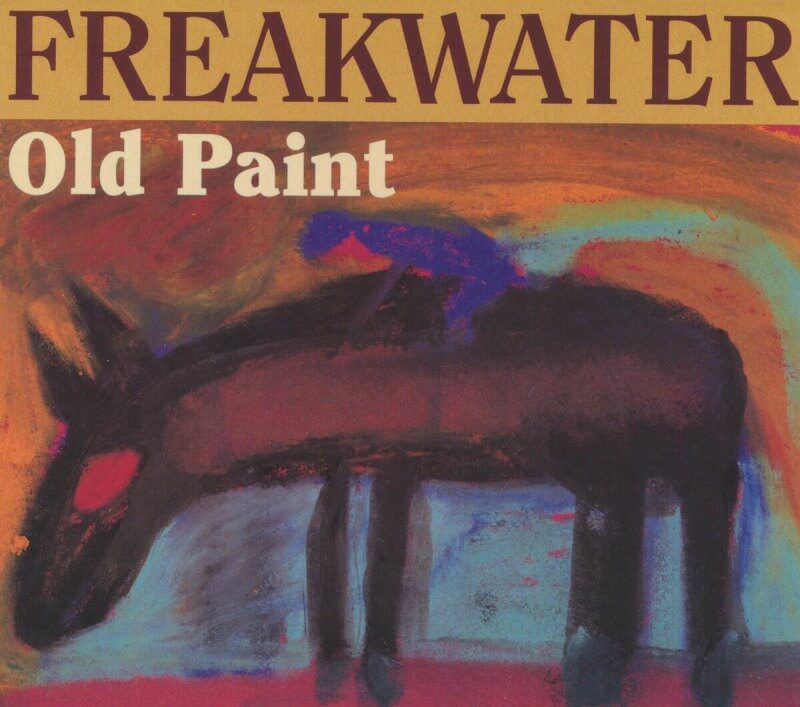
Catherine Ann Irwin and Janet Beveridge Bean are some of the most foundational women in alt-country. Their band Freakwater, which started as a side project, eventually grew into this reputation, thanks to breakthrough albums like Old Paint. Released in 1995, Old Paint musically looks backwards. It has the jauntiness of barn dances, complete with fiddles, dobros, and tambourines. Yet, Irwin and Bean’s voices, content in their different ranges, somehow meld to tell country tales that still sound ahead of their time. —Hilary Saunders
21. Yo La Tengo: Electr-O-Pura
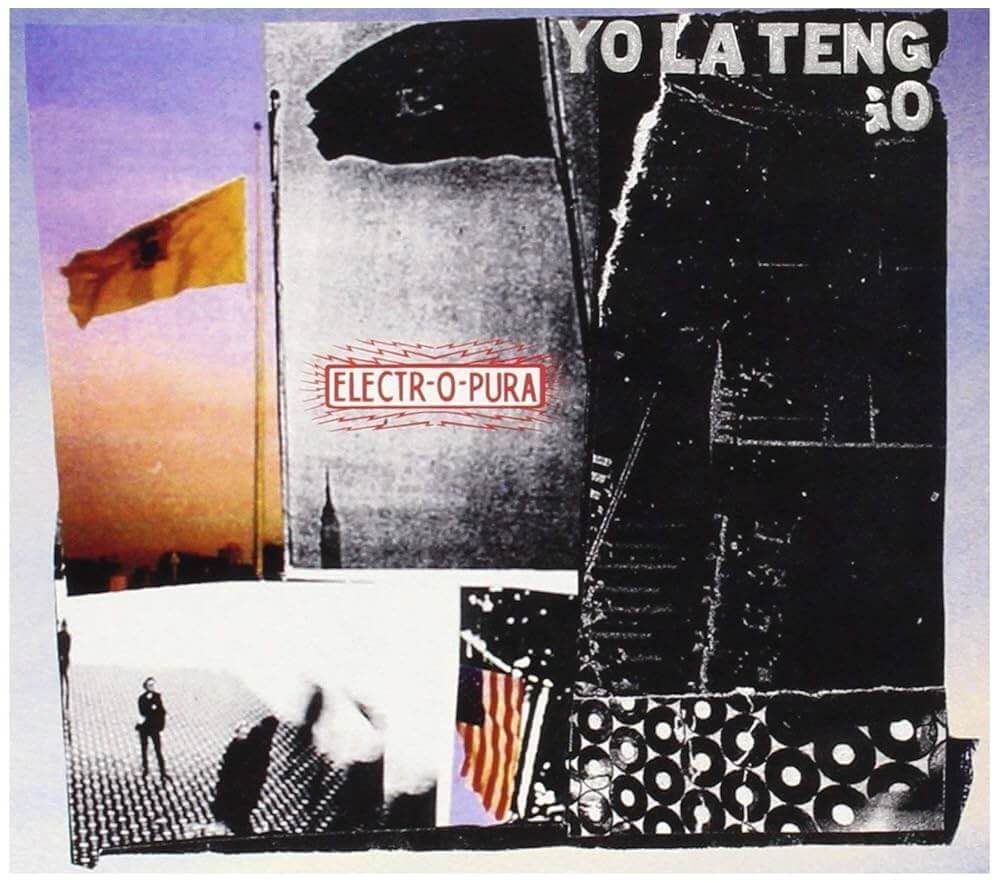
A lot of the records on this list mark some kind of turning point—a reinvention, a breakthrough, the moment a band finds its real language. Electr-O-Pura is, perhaps, the exception that proves the rule. It’s Yo La Tengo’s seventh album total, and the second in a truly all-time run (kicked off by 1993’s Painful and stretching to 2000’s And Then Nothing Turned Itself Inside-Out). This isn’t the sound of a band inventing or reinventing itself; it’s not really “the story of” anything at all—it’s just an album that, frankly, is just really fucking good. What comes through isn’t discovery but fluency: Yo La Tengo playing with every gear they’ve built, shifting from lullaby to feedback storm without ever losing the thread. Opener “Decora” wobbles awake on a haze of guitar and Georgia Hubley’s half-sung warning (“Take this chance with me ’cause it’s the last”), while “Tom Courtenay” rockets the other way, an arguably perfect indie-rock rush that turns movie-star name-drops into something unspoken and shared. There’s a comfort and ease to the record, one that can only come from the kind of intimacy that results in its own language—the kind of intimacy, say, between husband and wife (Ira Kaplan and Georgia Hubley, king and queen of indie). Ballads like “Pablo and Andrea” and “The Hour Grows Late” are spare, slow, tender enough to ache, and even when they turn up the volume—on “False Ending” or the long, ecstatic sprawl of “Blue Line Swinger”—the noise feels warm, almost affectionate. Kaplan’s guitar circles beautifully around Hubley’s drumming while James McNew’s bass holds everything in place without ever anchoring it down. There’s real devotion in that interplay; it’s the sound of three people who’ve spent years listening to one another and still find surprise in the exchange. Of a band at their best, and an album that’s never stopped being easy to love. —Casey Epstein-Gross
20. The Pharcyde: Labcabincalifornia

Is there an artist of any genre as woven into the DNA of South Central LA as the Pharcyde? Their debut, Bizarre Ride II the Pharcyde, is one of the best rap introductions ever. Its successor, the mellower and more interpersonal Labcabincalifornia, is a somber, balmy downscaling that critics were initially lukewarm on. Fatlip, Slimkid3, and Imani rap about drugs, failing relationships, and the consequences of celebrity, utilizing samples from Bob Marley, Ice Cube, A Tribe Called Quest, Stan Getz, Cannonball Adderley, the Vince Guaraldi Trio, and over a dozen others. The record was self-produced with assistance from J Dilla, Diamond D, and M-Walk, and tracks like “Runnin’,” “She Said,” “Drop,” and “The Hustle” are relatable and reflective feats that never come across as too righteous or too full of ego. Labcabincalifornia is an honest record disinterested in stardom. It’s about pairing misanthropy with humor and loving failures. The Pharcyde made something worth coming back to. —Matt Mitchell
19. Elliott Smith: Elliott Smith
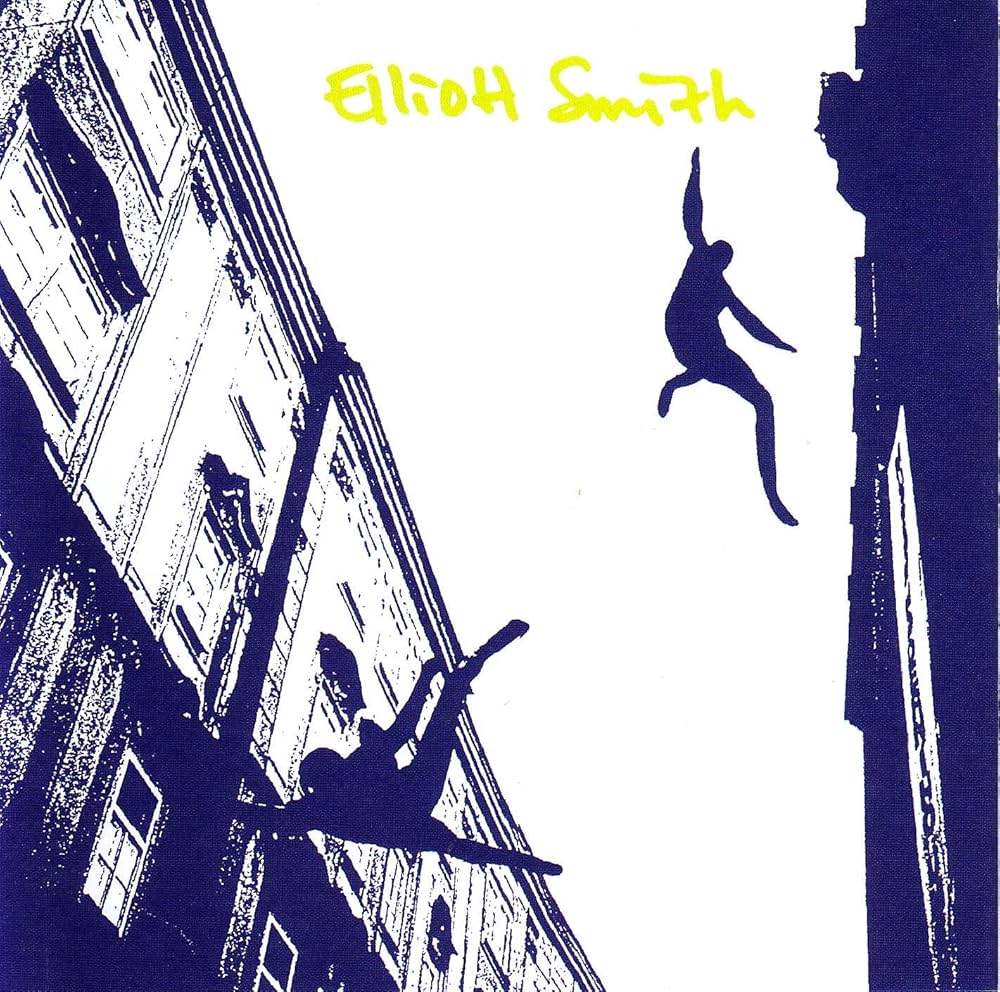
Elliott Smith’s self-titled sophomore effort is, in a word, devastating. Sonically spare but emotionally unsparing, it’s confessional in an almost forensic way, the sound of someone examining the wreckage while insisting (without fully believing) that there’s still something worth saving. It’s quiet because it has to be; any louder and it might lose its nerve. You can hear it in the way “Needle in the Hay” builds without ever breaking, each downstroke another heartbeat he’s trying to steady. You can hear it in “St. Ides Heaven,” where a night walk through convenience-store glow turns into a hymn for every bad habit you swore was temporary. You can even hear it in “Coming Up Roses,” the song that gets the closest to some modicum of cheerfulness—which is saying something, considering it opens with “I’m a junkyard full of false starts” and closes on “While the moon does its division / You’re buried below / And you’re coming up roses everywhere you go.” The bleakness is all-consuming, but so is the beauty, and that is perhaps the most devastating part of all. Smith’s voice, sweet and sad, whispers atop sparse instrumentation and lightly-played chords, the emotionality of each breath a character in its own right. Every sound is accounted for: the rasp of strings, the faint shuffle of a chair, the double-tracked harmonies that blur like breath on glass. The record’s smallness makes it feel bottomless. —Casey Epstein-Gross
18. Big L: Lifestylez ov da Poor & Dangerous
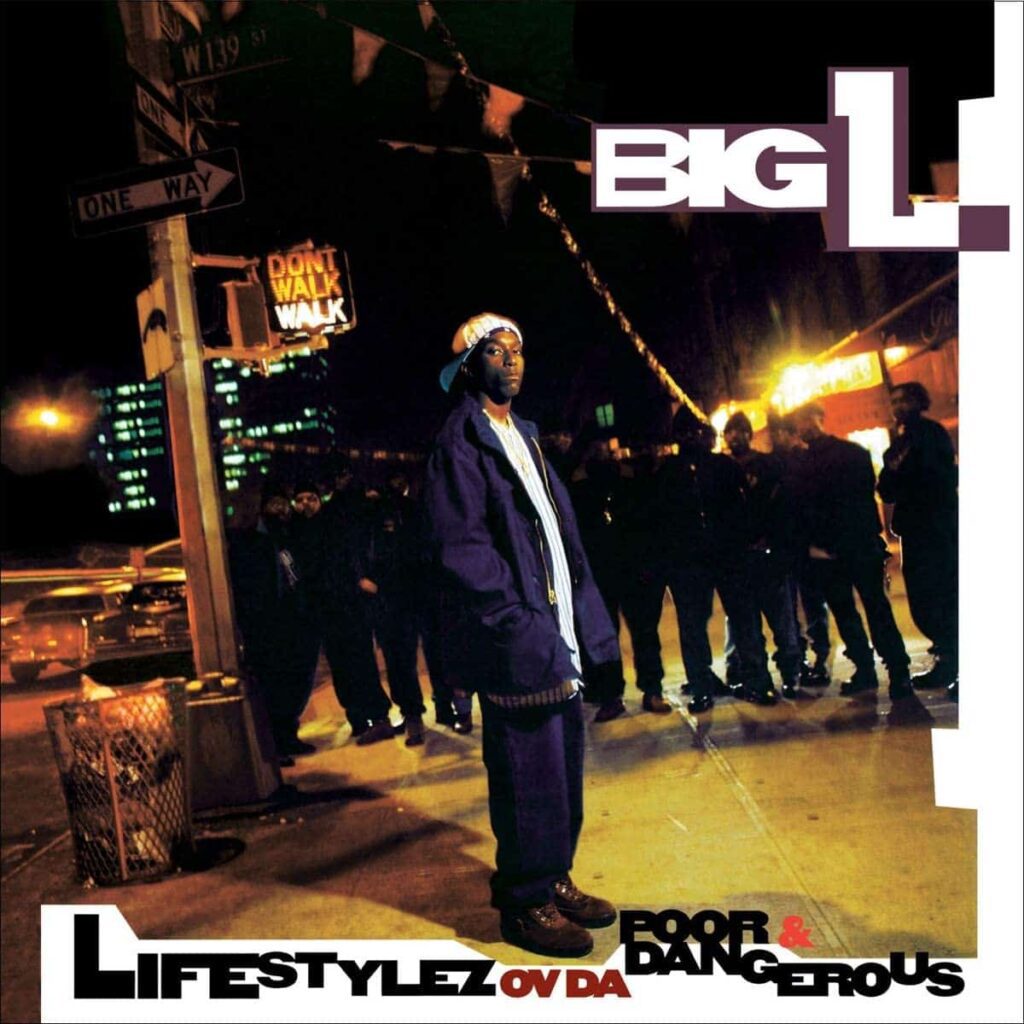
I’d reckon no emcee changed the Harlem rap scene more than Big L, and his 1995 debut, Lifestylez ov da Poor & Dangerous, is one of the most important debuts in history—in New York and all over. Braggadocious and heavy on punchlines, the record tells no-bullshit crime stories packed with humor, color, and shit-talk. “Put It On” continues to be one of my favorite album openers ever, and “Da Graveyard” features a still-green, 26-year-old Jay-Z on the mic a year before Reasonable Doubt. 30 years later and there’s never been a wordsmith like Big L, his lyricism remaining a benchmark for the city’s up-and-comers (“I got a crime record longer than Manute Bol” is especially tuff). But don’t just listen to me. Check out that tracklist: “MVP,” “Street Struck,” “No Endz, No Skinz.” The dude was 21 years old and primed to be the most important poet in East Coast rap. Lifestylez ov da Poor & Dangerous has great horrorcore and hardcore interplay, but its boom-bap framework is a pinnacle. —Matt Mitchell
17. Hum: You’d Prefer An Astronaut
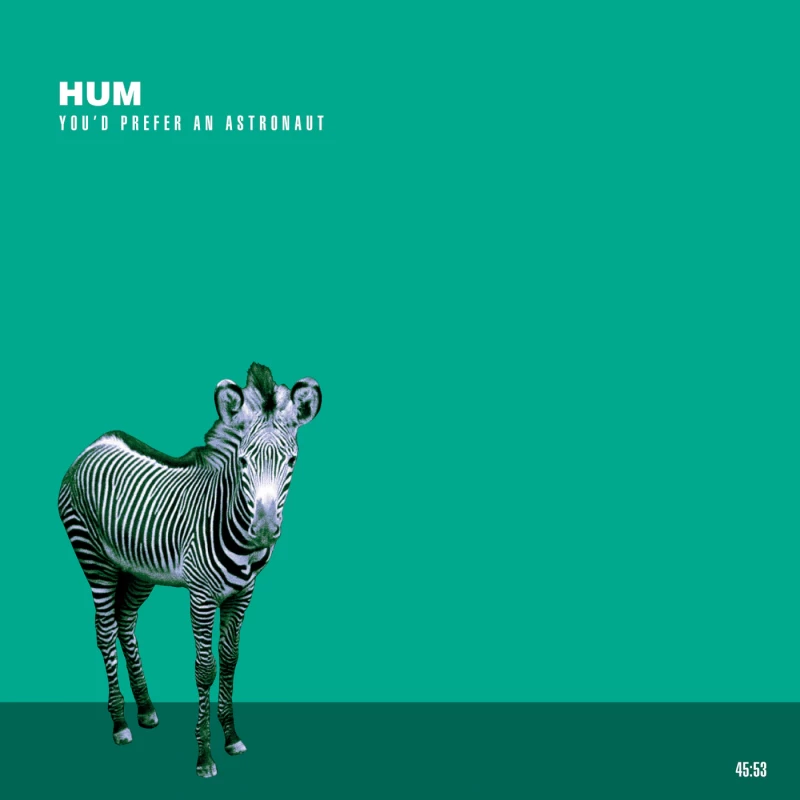
Hum is what you get when the rock and roll world is full of Britpop, grunge, shoegaze, and noise-rock. Somebody had to take those ideas and reinvent them into something better. You’d Prefer An Astronaut gets there for me, in all of its seismic, distorted, and space-y color. Is “Stars” the best song on this list? I think there’s an argument to be made, although I’d say it’s “Little Dipper.” Matt Talbott, Jeff Dimpsey, Tim Lash, and Bryan St. Pere sound absolutely mental on both tracks, as well as “The Pod.” Oh, and there’s also “Songs of Farewell and Departure” and “The Very Old Man.” Front to back, You’d Prefer An Astronaut scratches and aches and overwhelms. Is it a consequence of shoegaze or a prelude to emo? The real answer is probably both, and that’s a good thing. Sometimes Hum is just a post-hardcore band, the type that’ll get you hooked on alt-metal. You’d Prefer An Astronaut is existential, aggressive, blown-out, and greatly underappreciated. —Matt Mitchell
16. Mariah Carey: Daydream
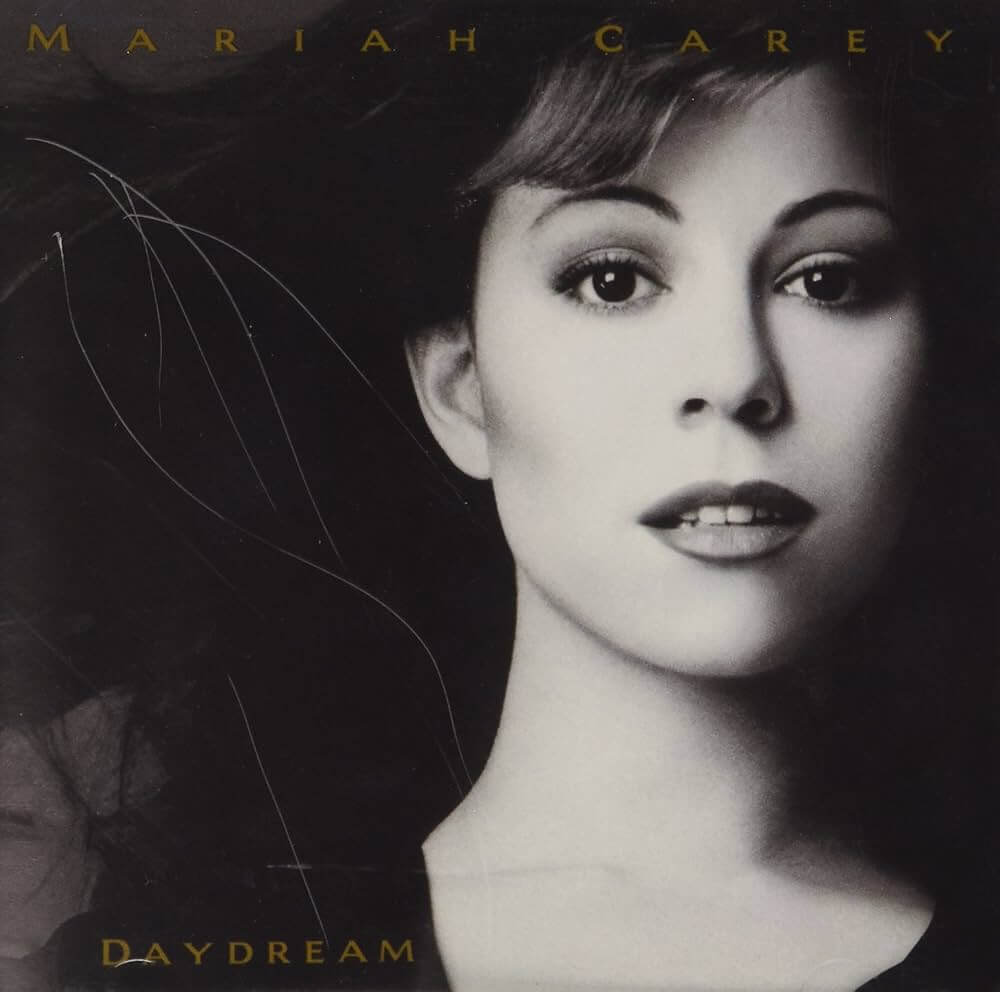
By 1995, Mariah Carey was too big to flop. Her 1993 LP Music Box sold millions, and in 1994 she released her now-ubiqitous, unescapable holiday juggernaut, “All I Want For Christmas Is You.” Daydream was always going to be gigantic, and it definitely was—earning a diamond certification and spawning one of the best #1 hits ever: “Fantasy,” which perfectly samples Tom Tom Club’s “Genius of Love.” And with Jermaine Dupri behind the boards, “Always Be My Baby” proved to be one of Carey’s sweetest and silkiest efforts. She even channels Minnie Riperton on “Underneath the Stars,” turns the Babyface-produced “Melt Away” into her slow-jam playground, and taps Boyz II Men on the enchanting, chart-topping “One Sweet Day.” Look further down the tracklist and you’ll find “I Am Free,” Carey’s powerful, emancipating gospel, and “Daydream Interlude (Fantasy Sweet Dub Mix),” a sweeping club treasure. I’d hardly call Daydream a breakout, considering Mariah Carey was already a hit machine and cultural linchpin by then. Instead, let’s say it was a confirmation of her starpower. Daydream is the moment she got too big to ignore. —Matt Mitchell
15. Radiohead: The Bends
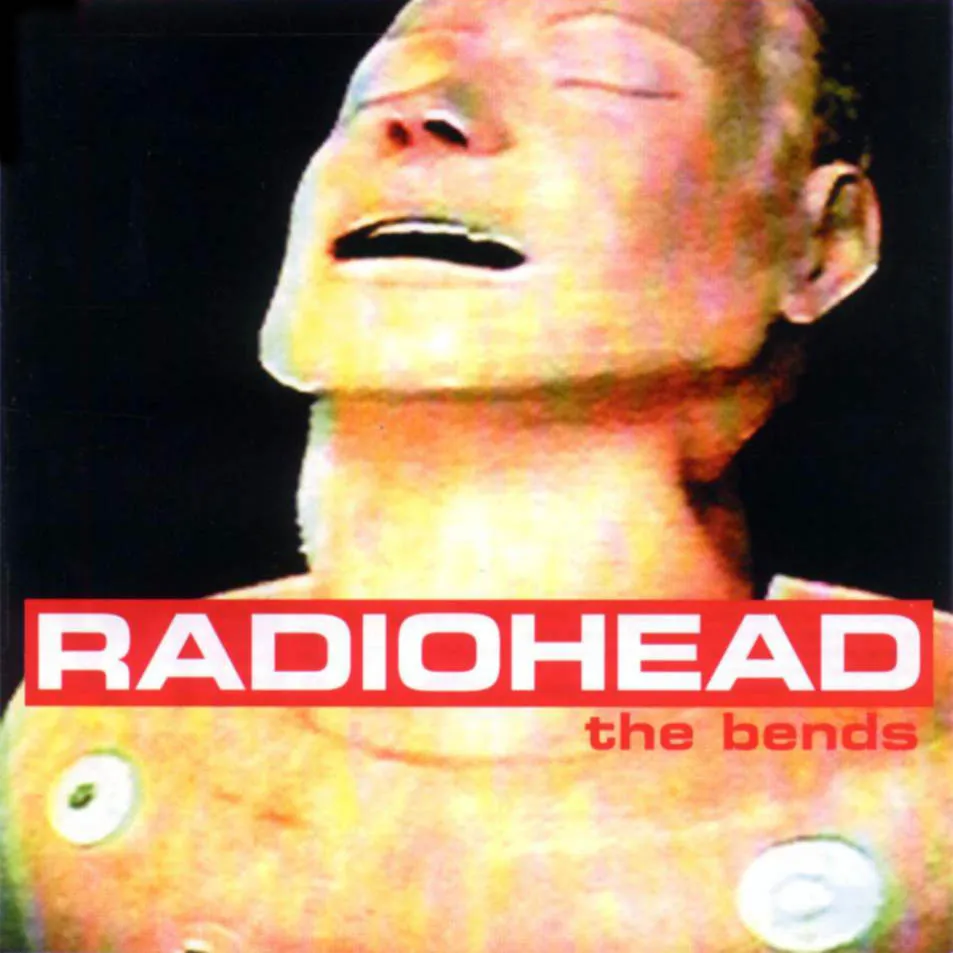
The cover art of The Bends captures lead singer Thom Yorke as a pixelated medical dummy covered in sterile electrodes. It’s a fitting metaphor for a band on the cusp of escaping the corporeal restraints of traditional music to explore an uncharted sonic wilderness that would make them modern audio deities. But for a fleeting 12 songs, the Oxfordshire quintet not only paid homage to the psychedelic alt rock they once idealized, but nearly perfected it. The title track’s serrated guitars and soaring vocals christened the new theme song for teenage alienation while “Fake Plastic Trees” is still an emotional tour de force guaranteed to make anyone with a soul cry in less than five minutes. There’s a subset of devotees who say that Radiohead hasn’t released an album as good as this seminal masterpiece. Listen to Yorke’s angelic falsetto eulogize “fake plastic love” and it’s hard to disagree. —Sean Edgar
14. Goodie Mob: Soul Food

If not for Goodie Mob, the phrase “dirty South” might not be so colloquial. The same goes for “trap.” Dedicated to member CeeLo Green’s late mother Sheila J. Tyler-Calloway, Soul Food emerged quickly as a Southern rap milestone, selling 500,000 copies in its first year on the shelves and helping usher the genre into the mainstream alongside OutKast’s debut record. André 3000 and Big Boi show up to lend a hand to “Thought Process” and “Dirty South,” shaping Soul Food into this funky, sticky delight. But the album is always low-key, boasting off-kilter samples and piano lines threaded into atmospheric beats and rhymes. Even the contributions from Sleepy Brown and Joi just sound right. My favorite song on this list is on this record: the country-fried, pass-the-mic roundabout “Cell Therapy.” The title track ain’t too bad, either. I’d say Goodie Mob delivering the “it’s such a blessing when my eyes get to see the sunrise” that well—in a song so drunk on Southern cooking, no less—belongs in a museum. —Matt Mitchell
13. Archers of Loaf: Vee Vee
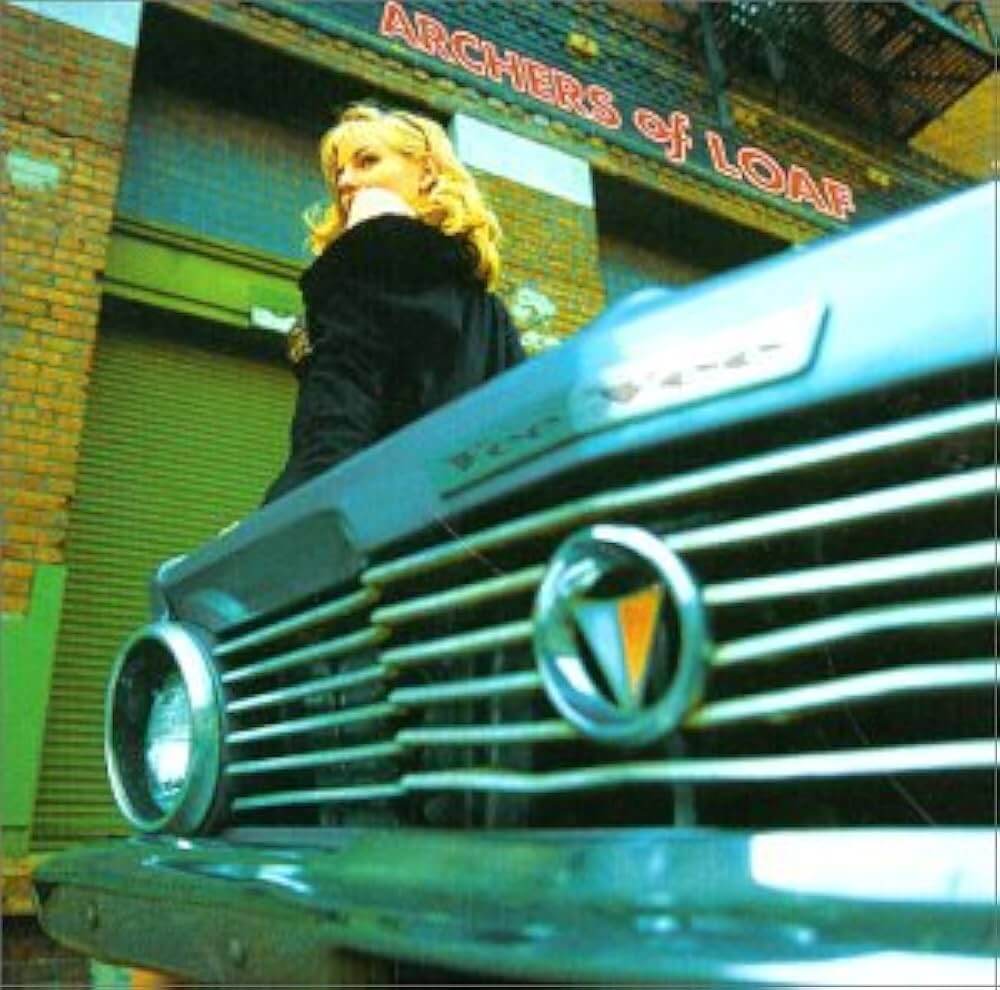
It’s really, really great when a band just doesn’t give a fuck. By 1995, Archers of Loaf had a minor hit in “Web in Front” and an unwanted reputation as the next big hope of Chapel Hill indie rock. When they returned with Vee Vee, it wasn’t a sequel so much as a slap in the face, a high-velocity palm aimed right at the so-called niceties of the scene itself—the college-radio swagger and sloppy charm of Icky Mettle was out, and sharpened instruments and sharpened teeth were in. From the subdued, eerie opening swirl of “Step into the Light” to the ragged, cathartic howl of “The Worst Has Yet to Come,” the album plays like an unfiltered tirade against the hypocrisies of indie rock, identity, and ambition—and it does so with hooks so addictive you barely notice the venom until it’s already sinking in. “Harnessed in Slums” is both a sing-along and a sneer; “Fabricoh” swings like a wrecking ball aimed at its own chorus; “The Greatest of All Time” takes dead aim at the idea of scene mythology and ends up writing one of its own. It’s the precision of that anger, though, that keeps the album enduring well into the present-day; the way it gets shaped into melody and rhythm and killer line after killer line until even the ugliest moments shimmer. Eric Bachmann is far from the first artist to take potshots at the industry, but he is perhaps the most believable: there’s a very human honesty to his ire, somehow making the frustration itself feel lived-in and tangible. It’s a position that doesn’t seem quite tenable—there’s only so many times you can sing “We’re on the outside / And we’re all making fun of you” before listeners start feeling like they’re, well, being made fun of—but, at least for the length of its runtime, Vee Vee remains utterly stable in its fury, pulling you in with one arm even if the other is being used to flip you off. —Casey Epstein-Gross
12. GZA: Liquid Swords
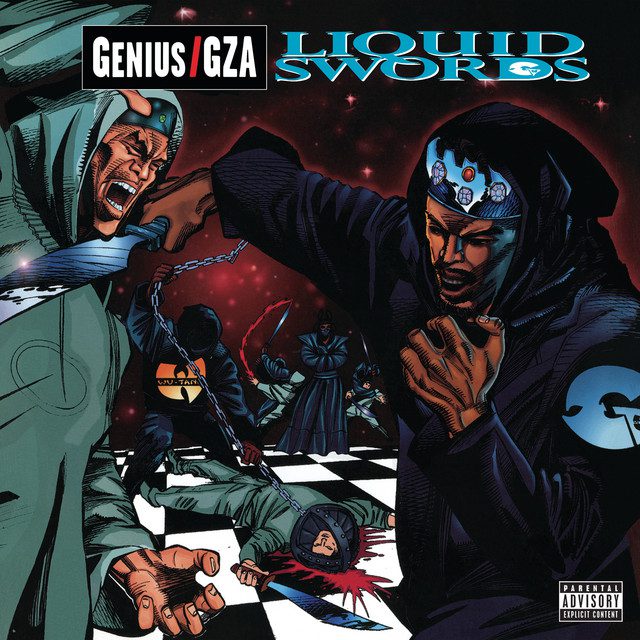
Aside from 36 Chambers, GZA’s Liquid Swords is, without a doubt, the coolest record any Wu-Tang member has ever made (the name alone is a chef’s kiss). GZA and RZA made a philosophical, complex record that paired dialogue samples from Shogun Assassin and images of chess and crime. The album is dark as can be, with GZA lingering on a dead-eye of quick-tongued flows that are rivaled only by RZA’s ornate production—which includes massive kicks, head-splitting snares and vibing tones caught someplace between strings and bass. Liquid Swords doesn’t just sound great, it’s so dense you might get lost in it. Maybe one of the most underrated East Coast records ever made, and you can argue that nobody from Wu-Tang Clan (not even the ensemble itself) made anything quite so marvelous after Liquid Swords came out—and you’d be right. It’s everything Wu-Tang ever did right, shrunk down into GZA’s greatest lyrical talents and silk-spun flows. Liquid Swords is a rap instant-classic on a swivel. —Matt Mitchell
11. Pulp: Different Class
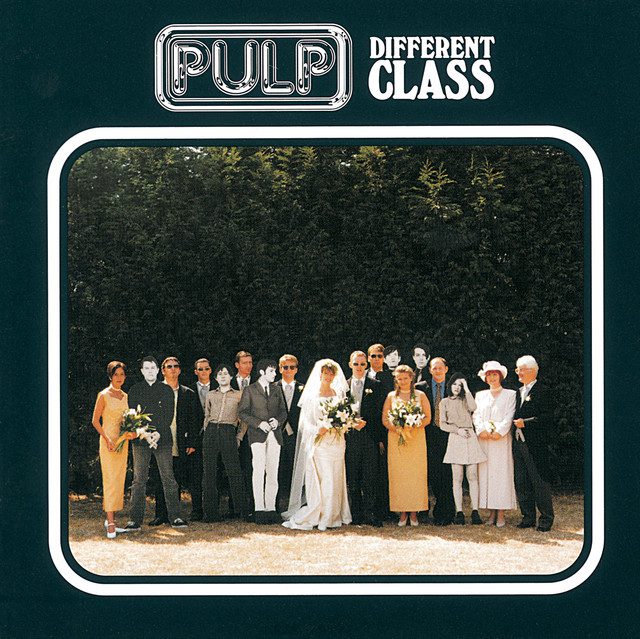
If 1994’s His N’ Hers was Pulp’s first foray into the mainstream consciousness, then Different Class was the album that made sure that Jarvis Cocker and his band would remain pop culture figures for years to come. The band’s most successful single, “Common People,” was an anthem that continued the band’s dedication towards exploring ‘90s Britain from a working-class perspective, with its narrative of class divide and poverty tourism still ringing true to this day. Different Class exemplified all the best aspects of Cockers’ lens into the homes of everyday people as he explored horniness, fractured relationships and dreams of stardom. Pulp were proudly flying the flag for those who saw themselves as outsiders. —Matty Pywell
10. Son Volt: Trace
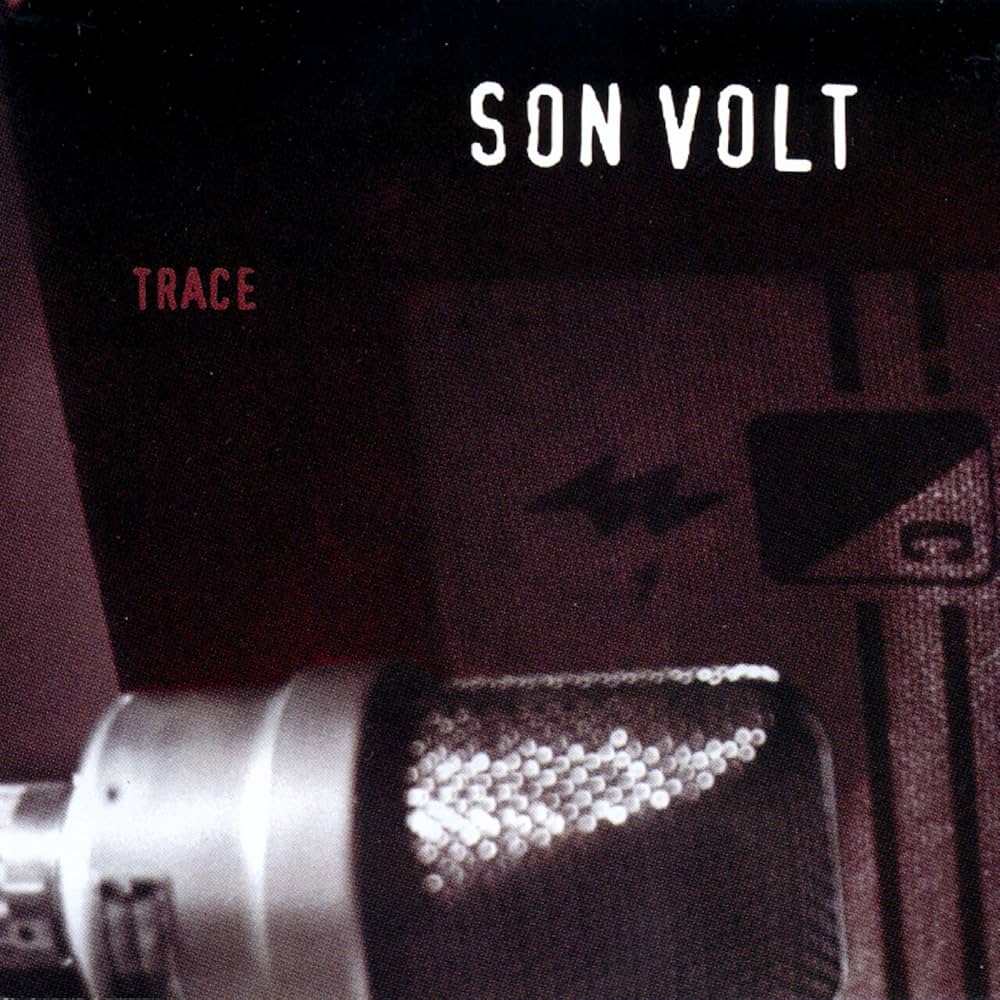
Long before there was Yankee Hotel Foxtrot, it looked like Jay Farrar was the genius behind Uncle Tupelo, as Trace was a near-perfect collection of laid-back alt-country ballads like the brilliant windows-rolled-down “Windfall” and guitar-charged college rockers like lead single “Drown.” The album continued everything that was great about Uncle Tupelo. Like Lennon and McCartney, the argument is almost beside the point. We should just be glad a single band could contain two extremely talented songwriters. —Josh Jackson
9. D’Angelo: Brown Sugar
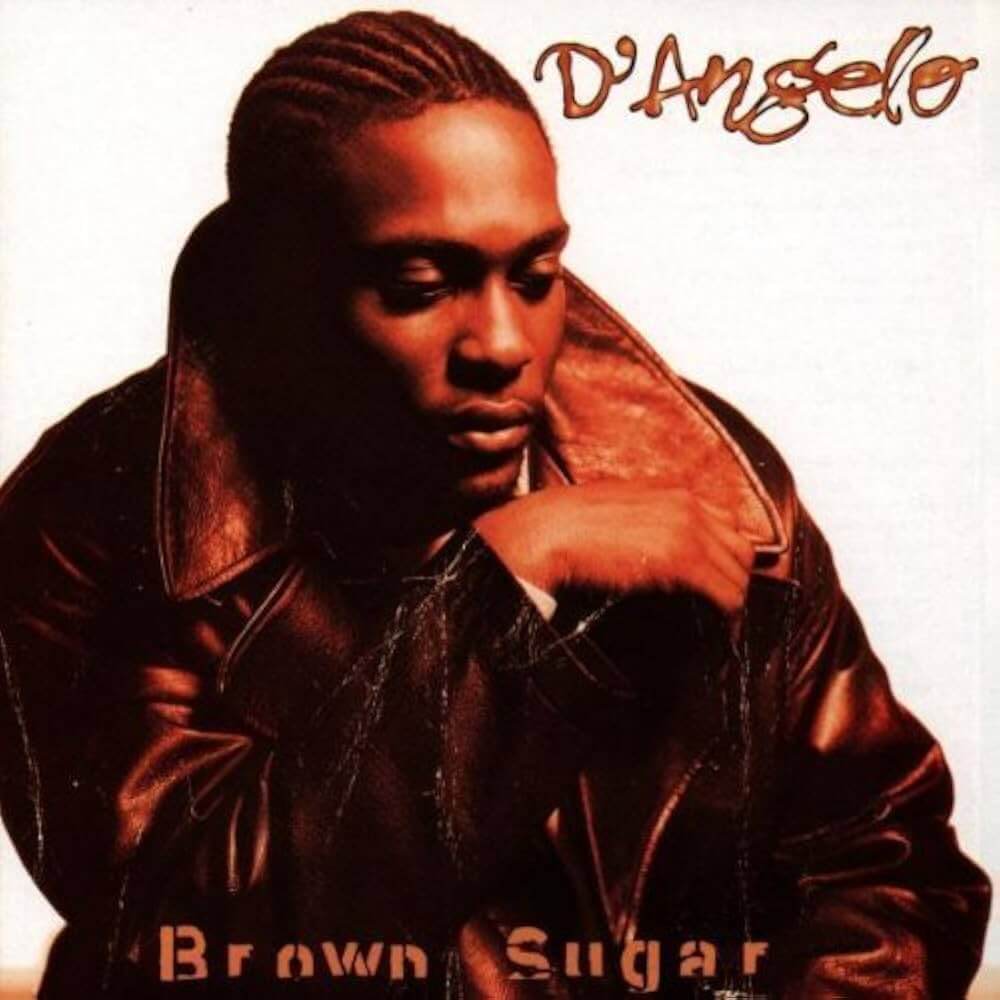
D’Angelo has only released three records while he was alive, but each one was a masterpiece that, you could argue, were all 10 out of 10s. Starting with Brown Sugar way back in 1995, the Richmond singer and multi-instrumentalist established himself as the best R&B performer of his generation. The record went platinum within a year of coming out, spending 65 weeks on the Billboard 200. Aside from some guitar and mixing work from Bob Power, D’Angelo wrote, arranged, performed, and produced every single instrument on Brown Sugar. He was on his Prince shit and, yet, even that feels like an unfair comparison—no one was doing it like D’Angelo in the late 1990s. He was a pioneer of the neo-soul movement, enriching a dormant R&B scene with sensual, terrific instrumentation and silk-spun vocals. I’m still not so sure that TLC’s CrazySexyCool should have beat Brown Sugar for Best R&B Album at the 1996 Grammy Awards, but D’Angelo would get his due six years later with Voodoo. —Matt Mitchell
8. Raekwon: Only Built 4 Cuban Linx…
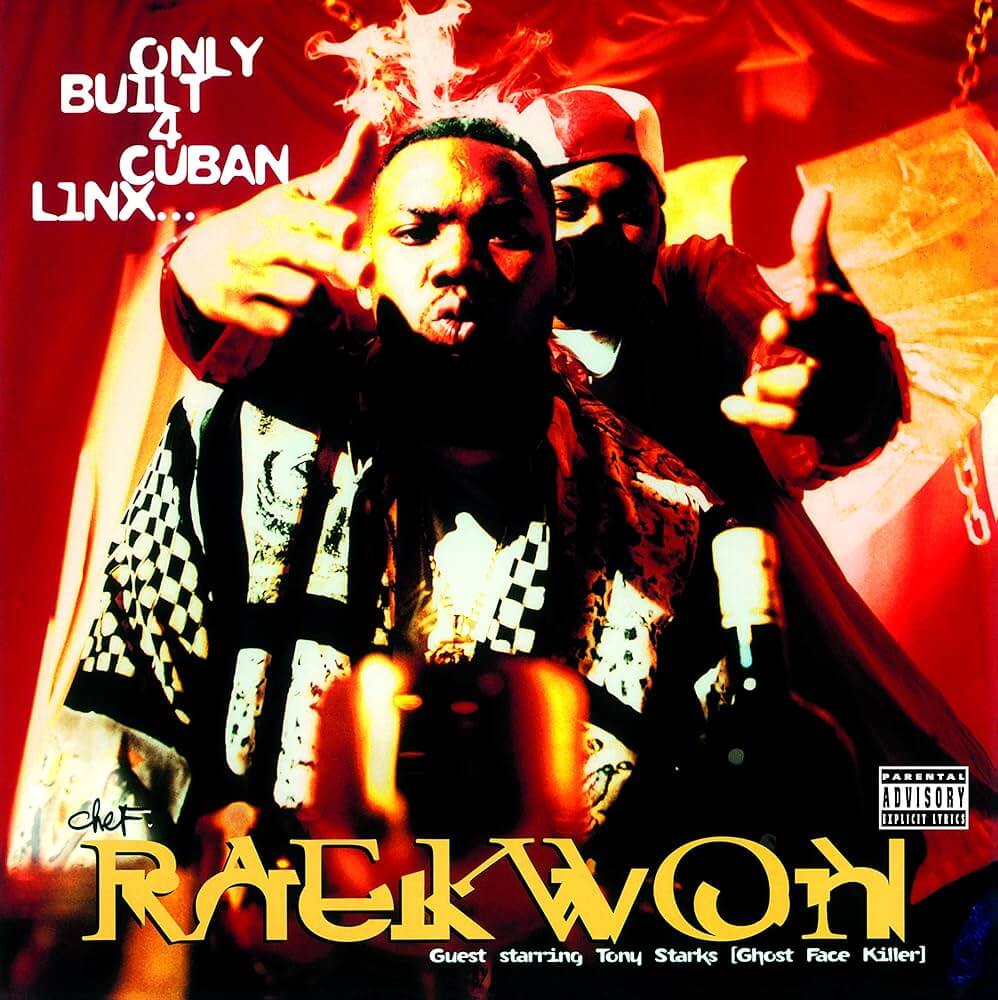
Two years after the Wu-Tang Clan made 36 Chambers, Raekwon set out on his own to make Only Built 4 Cuban Linx…—and he returned with one of the greatest rap albums of all time. His bandmate RZA produced the record, and the feature with Nas on the Ghostface Killah-assisted “Verbal Intercourse” marked the first time a non-Wu-Tang member appeared on a Wu-Tang-related record. Only Built 4 Cuban Linx… didn’t sell nearly as well as 36 Chambers, but its pioneering presence in the mafioso rap sub-genre was welcomed by a mirage of critical reverence. “Incarcerated Scarface” is one of the greatest rap tracks of its era, but what makes Cuban Linx so singular is how much of a full-bodied project it was and remains. Rather than rest of the starpower of teaser singles, Raekwon and RZA built a complete and mesmerizing project together—and tracks like “Criminology” and “Can It Be All So Simple” are complex, tight, and full of symphonic, sensible flows that flaunt hip-hop in its purest art form. —Matt Mitchell
7. Death: Symbolic

One of the greatest Florida bands to ever do it, Death’s death metal masterpiece Symbolic will rummage its way into your bones and never get out. The vocals from bandleader Chuck Schuldiner are so gnarly that they’ll split you in two, and his and Bobby Koelble’s dueling guitars linger and thrash and pummel each note. And the backline of Gene Hoglan’s drums and Kelly Conlon’s bass rupture through the stratosphere on tracks like “Crystal Mountain,” “Zero Tolerance” and “1,000 Eyes.” The title-track is one of the all-time best, and closer “Perennial Quest” quakes in its own melody like a pop song stripped for parts, doused in gallons of acid and marinated in arsenic. Schuldiner’s throat rips itself raw for 50 minutes, and we’re all better off because of it. “It must be strange to not have lived so far into existence” remains one of the most harrowing lines in all of metal. —Matt Mitchell
6. Mobb Deep: The Infamous…

Shoutout to NBA 2K13 for putting a 15-year-old me onto Mobb Deep. The lovechild of Havoc and Prodigy, The Infamous… is one of the most influential and essential rap records of all time, not just 1995. I look at some of the heavier hitters on this thing—“Survival of the Fittest,” “Give Up the Goods (Just Step),” and “Temperature’s Rising”—and I can’t picture a more influential hardcore hip-hop title. But then comes “Shook Ones, Part II,” one of if not the very best rap lead single ever. East Coast hip-hop had Enter the Wu-Tang (36 Chambers), Illmatic, and Ready to Die already, yet none of them are The Infamous…, a lyrically bleak, nihilistic masterpiece basking in Blue Note samples, Quest production, and no-fuss flows pulled straight from the underground. Nas, Raekwon, Big Noyd, Crystal Johnson, Ghostface Killah, and Q-Tip show up on this thing, lending their voice to Mobb Deep’s playhouse: piano loops, hollow basslines, sputtering hi-hats, and mangled synths. Push the drugs, run from the cops, pick your homies up—that’s the creed of The Infamous…, dropped onto you by a duo rapping circles around each other and everyone else. —Matt Mitchell
5. Emmylou Harris: Wrecking Ball
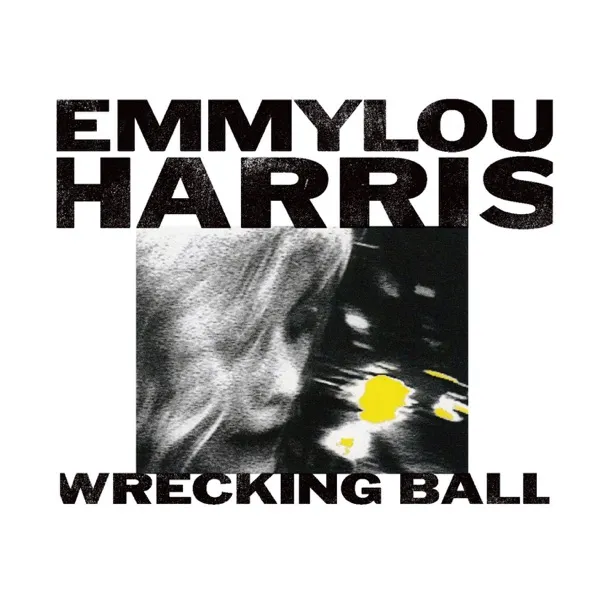
Life exists in a binary: before Wrecking Ball and after Wrecking Ball, an album born three years before me yet so woven into my DNA. It was an eclectic piece of work in 1995, a rejuvenation not unlike Johnny Cash’s American Recordings from a year earlier. The critics dug it and the industry praised it, awarding a forty-nine-year-old Harris with her seventh Grammy, for Best Contempoary Folk Recording, in ‘96. Some say Wrecking Ball turned Emmylou Harris into an “elder stateswoman of country music.” Others considered the record to be boundary-pushing in a way not unlike how her soulmate Gram Parsons’ work in the Byrds and the Flying Burrito Brothers obliterated the genre and patched it back together with a deep-fried, cosmic paste. Harris and Daniel Lanois weren’t concerned with country radio trends anymore, immersing themselves in the recording process totally instead of trying to play catch-up with the Shania Twains, Faith Hills, and Joe Dee Messinas making splashes on the charts. The songs they made together were spacious and glowing like Dylan’s “Most of the Time,” positioning Harris’ soprano in the foreground while dapples of guitar and humid drums unwound around her. Though by then she’s made most of her records with Brian Ahern, no one has ever captured Harris like Lanois does on Wrecking Ball—a frill-less cosmos with Harris as its anchoring echo, in Julie Miller’s “All My Tears,” Steve Earle’s “Goodbye,” and her own “Deeper Well.” —Matt Mitchell
4. Bone Thugs-N-Harmony: E. 1999 Eternal

Discovering Bone Thugs-N-Harmony’s music as a kid cracked open my entire music taste, when I was living 40 minutes below Cleveland; learning they were from the city totally rewired my understanding of how historically rich its music culture has been for the last 60 years. Bizzy Bone, Flesh-n-Bone, Krayzie Bone, Wish Bone and Layzie Bone hail from Glenville, and their second album, E. 1999 Eternal, is a tribute to the man who executive produced it: Eazy-E, the N.W.A. emcee who passed away four months earlier. Named after a portmanteau on Cleveland’s eastside, E. 1999 Eternal sold so many copies it debuted at #1 on the albums chart, and E. 1999 Eternal’s blend of menace and solemnness elevated the gangsta rap genre. The voices and ideas of Earth, Wind & Fire, the Isley Brothers, Booty’s Rubber Band, and the Dramatics are never overpowering, thanks to DJ U-Neek’s exquisite touch. “Tha Crossroads” has a case for being the greatest melodic rap song ever, and the album’s all-consuming spins of G-funk, lightning-quick flows, and hypnotizing samples curate a striking, unignorable genius. —Matt Mitchell
3. Guided by Voices: Alien Lanes

Guided by Voices’ Alien Lanes is the rare album that makes excess feel aerodynamic: 28 songs—most gone in under two minutes—pinballing between bar-band brawn and basement hiss with the fervor of a thousand melodies scribbled and immediately set alight. Opener “A Salty Salute” throws the door wide (“The club is open!”), and from then on, the record spends the next forty-one minutes continuously barging through without pausing for so much as a breath. By 1995, Robert Pollard had already stumbled into a miracle once (1994’s Bee Thousand famously transformed the schoolteacher from Dayton into an indie-rock folk hero, after all)—but Alien Lanes proved Guided By Voices’ previous record wasn’t just a flash in the pan. As it turns out, lightning can strike twice. Post-Bee Thousand, Pollard and Tobin Sprout tighten the screws without sanding off the four-track burr. The playing is leaner, the edits meaner, and the band leans into its strengths: British-Invasion melodicism fired through garage circuitry, arena-rock posture shrunk to basement scale. You can hear the tension everywhere—between swagger and self-doubt, classicism and sabotage. Pollard can write a standard in 90 seconds (a la “Game of Pricks”) and also graffiti it with a Radio Shack mic or absurd ASMR (see: the snoring in “Ex-Supermodel”). He can sell escape as both thrill and caution: “You can’t lie to yourself that it’s the chance of a lifetime,” he sings on “Motor Away,” even as the chorus convinces you to gun it anyway. Even abrupt sketches like “Hit” and “Cigarette Tricks” don’t come across as filler; they’re hinge points, breath-holds before another sugar-rush chorus or earworm riff. The result is something akin to a nervous system—impulses firing, reflexes twitching, songs finishing the thoughts other songs start. 30 years on and we’re still collectively chasing its pulse, half-drunk on melody and motion. —Casey Epstein-Gross
2. PJ Harvey: To Bring You My Love
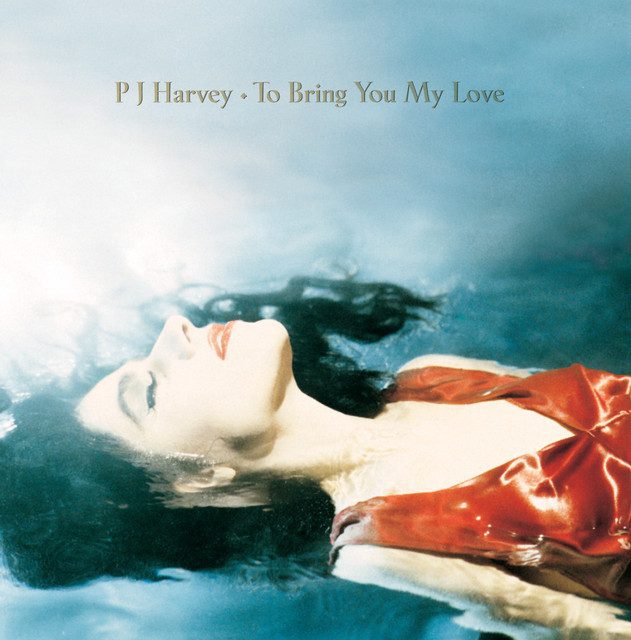
Aiming to write her own versions of the blues standards and Captain Beefheart songs she had loved for years, Harvey re-emerged in the public eye with the devil and God on her mind, and what she called her “Joan Crawford on Acid” look smeared on her face. Despite her assertion that the new theatrical stage look was a cover for how lost she felt in her personal life, it still stands as a lot of the public’s mental image of what PJ Harvey looks like, playing a dragged-out version of herself that communicated these stories of a lost love and literally diving into the pits of hell to retrieve it. Mirroring the old blues tales of meeting the devil at the crossroads or sacrificing a physical representation of the soul (like, for instance, an imaginary daughter) to him, To Bring You My Love balances terror and tenderness effortlessly. Songs like “Meet Ze Monsta,” “Long Snake Moan” and “I Think I’m A Mother” bare their teeth until they split; Harvey growls, “I’m not running / I’m not scared,” and yells, with a smile you can practically hear, “In my dreaming / You’ll be drowning!” and you can’t help but cower like she’s in the room with you. On the flip side, the ballads reveal a bleeding heart beneath the spiky exterior without ever feeling saccharine or overdone (“Teclo” still stands as one of the loveliest songs we’ve heard from her). Regardless of each song’s specific plan of attack, not a single shriek or whisper sounds anything less than fearless. She hisses, “Come back here, man,” painted grin stretched wide, and you can imagine whatever deity exists down below shaking in their boots. —Elise Soutar
1. Björk: Post
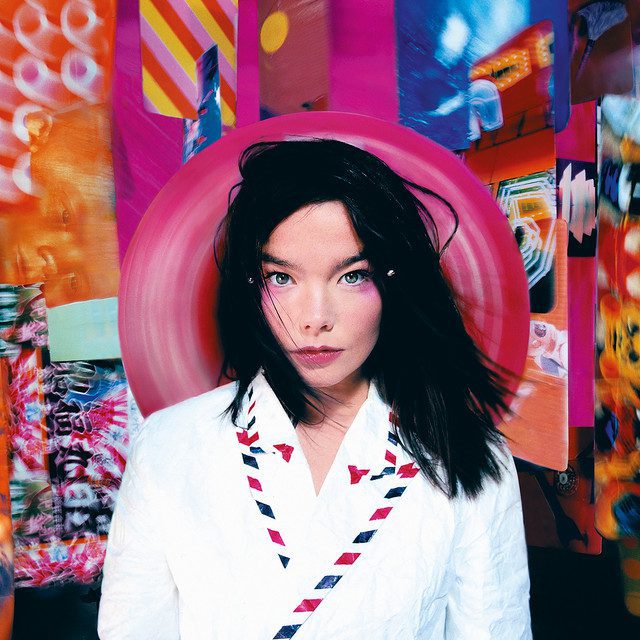
Post is certainly a sonic rupture. It breaks open the sound that the Icelandic pop virtuoso Björk created on her debut solo record just two years before. Tricky’s trip-hop production flirts with Björk’s reverberating voice—sometimes she sounds like a robot or alien trying to sound like a human; other times she sounds like a human herself, treading increasingly near a complete defamiliarization of her voice: her cadence, the way she articulates each syllable. It’s meticulous and masterful, perhaps one of the most influential records in the name of electronic music and craftsmanship. “Possibly maybe,” she sings on a track of the same name, “Probably love / Uncertainty excites me.” Yes, Post is filled with a wildness. But in the experiment, Björk finds so much hope. —Madelyn Dawson
What great albums did we forget? Let us know in the comments.

